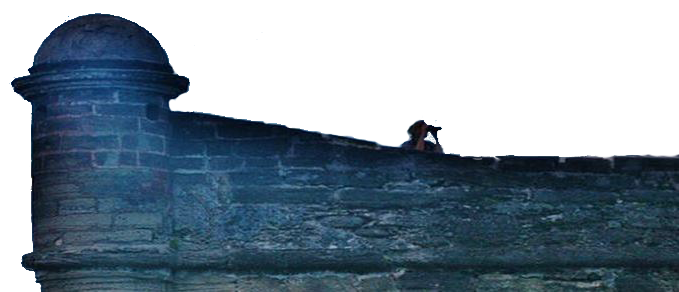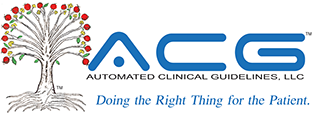M50.0
Cervical Disc Disorder With Myelopathy
M50-M54 Other Dorsopathies
M50 Cervical Disc Disorders
M50.1
Cervical Disc Disorder With Radiculopathy
M50.2
Other
Cervical Disc Displacement
M50.8
Other Cervical
Disc Disorders
M50.9
Cervical Disc Disorder,
Unspecified
Other dorsopathies M50-M54 >
Type 1 Excludes
current injury - see injury of spine by body region
discitis NOS (M46.4-)
Cervical disc disorders M50- >
Note
code to the most superior level of disorder
Includes
cervicothoracic disc disorders with cervicalgia
cervicothoracic disc disorders
Thoracic, thoracolumbar, and lumbosacral intervertebral
disc disorders M51- >
Type 2 Excludes
cervical and cervicothoracic disc disorders (M50.-)
sacral and sacrococcygeal disorders (M53.3)
Dorsalgia M54- >
Type 1 Excludes
psychogenic dorsalgia (F45.41)
Clinical Information
A disorder characterized by marked discomfort sensation
in the back region.
Acute or chronic pain located in the posterior regions
of the thorax, lumbosacral region, or the adjacent regions.
Acute or chronic pain located in the posterior regions of
the thorax; lumbosacral region; or the adjacent regions.
If you've ever groaned, "oh, my aching back!", you are not
alone. Back pain is one of the most common medical problems,
affecting 8 out of 10 people at some point during their lives.
Back pain can range from a dull, constant ache to a sudden,
sharp pain. Acute back pain comes on suddenly and usually
lasts from a few days to a few weeks. Back pain is called
chronic if it lasts for more than three months.most back pain
goes away on its own, though it may take awhile. Taking
over-the-counter pain relievers and resting can help. However,
staying in bed for more than 1 or 2 days can make it worse. If
your back pain is severe or doesn't improve after three days,
you should call your health care provider. You should also get
medical attention if you have back pain following an injury.
treatment for back pain depends on what kind of pain you have,
and what is causing it. It may include hot or cold packs, exercise,
medicines, injections, complementary and alternative treatments,
and sometimes surgery. nih: national institute of arthritis and
musculoskeletal and skin diseases
Painful sensation in the back region.
Sensation of unpleasant feeling indicating potential or actual
damage to some body structure felt in the back.
M50.3
Other Cervical
Disc
Degeneration
[Cervical Discogenic Syndrome]
M51 Thoracic, Thoracolumbar, & Lumbosacral Intervertebral Disc Disorders
M51.0
Thoracic, Thoracolumbar & Lumbosacral Intervertebral Disc Disorders With Myelopathy
M51.1
Thoracic, Thoracolumbar & Lumbosacral Intervertebral
Disc Disorders With Radiculopathy
M51.2
Other Thoracic, Thoracolumbar & Lumbosacral Intervertebral
Disc Displacement
M51.3
Other Thoracic, Thoracolumbar & Lumbosacral Intervertebral
Disc Degeneration
M51.4
Schmorl's
Nodes
M51.8
Other Thoracic, Thoracolumbar & Lumbosacral Intervertebral Disc Disorders
M51.9
Unspecified
Thoracic, Thoracolumbar & Lumbosacral Intervertebral Disc Disorders
M53 Other & Unspecified Dorsopathies, Not Elsewhere Classified
M53.0 Cervicocranial Syndrome
M53.1 Cervicobrachial Syndrome
M53.2
Spinal
Instabilities
M53.2X
Spinal
Instabilities
M53.3 Sacrococcygeal Disorders, Not Elsewhere
Classified
M53.8
Other Specified Dorsopathies
M53.9
Dorsopathy, Unspecified
M54 Dorsalgia
M54.0
Panniculitis Affecting Regions of Neck & Back
M54.1 Radiculopathy
M54.2
Cervicalgia
M54.3
Sciatica
M54.4
Lumbago With Sciatica
M54.5
Low Back
Pain
M54.6
Pain in
Thoracic Spine
™


Copyright 2006-2023 Automated Clinical Guidelines, LLC. All rights reserved.
™
.png?crc=4187891543)
Home Contact FAQ
Account
